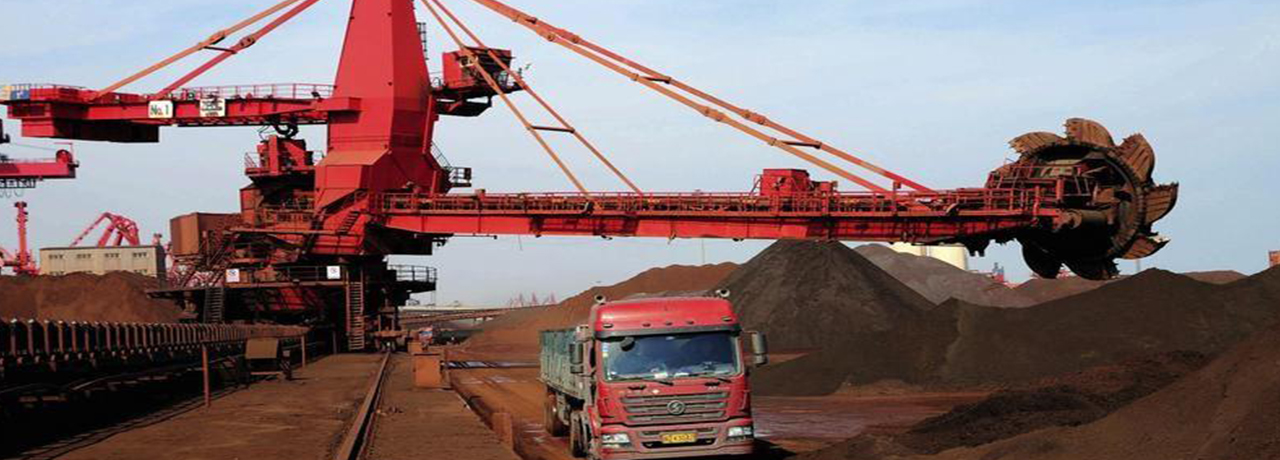The iron ore prices are still high in the first quarter of 2021 as world’s top iron ore miners are struggling to keep pace with the strong Chinese demand even after being hit by various challenges – operational and weather.
Iron ore price are at their decade high at present. A number of factors are said to be playing a role on this price boost. Brazil’s Vale SA mined out lesser ore than was expected in the last quarter. This was mainly due to two reasons – first because of lower production at one mine and another after a ship loader fire incident. Besides these two incidents Brazil is also still recovering from the dam disaster that happened last year.
Australia too witnessed a slowdown in iron ore production after Rio Tinto Group’s shipments faced hurdles due to more than expected rain at the Pilbara Operations.
Meanwhile, there was a surge in benchmark iron ore. Prices went over $180 a ton.
This is the highest the price of iron ore has surged since May 2011. The surge is being attributed to the
news surrounding Chinese steel production increasing 19% last month from what was a year earlier. This
figure itself is a record and having massive impacts on the market.
The Chinese alloy output is also witnessing a high after the announcement of a pollution crackdown that
has helped mills make profit margins.
Strategists contemplate that failure to meet current guidelines will be positive for the price as the market is still relatively tight. Meanwhile, Vale and Rio are still firm about their forecasts on a full throttle production. Markets however are not very hopeful seeing the delivery at these places slower than expected.
However, Rio has stated that the annual output it has forecasted was subject to logistical risks. The company expects upto 340 million tonnes of output. Rio’s expectation and apprehension is associated with the 90 millions tons of replacement mine capacity being handled on stream. The company has also said that its Pilbara mine operations were impacted by the Tropical Cyclone Seroja in April.
An analyst studying the market conditions and Rio said that the production of the company was 6% less than what was being estimated. He said that Rio Tinto was not quite moving in the right direction as challenges abound in terms of operations and projects for the company. However, the main products iron ore and aluminium are both stable as they are profiting from China’s decarbonisation mantra.
Rio stated that steel prices in China is at a decade high as construction work and demand in the first quarter this year was way more than both 2020 and 2019.
China’s aggressive emphasis on reducing steelmaking emissions will most probably restrict exports in 2021. This is a boost to the margins globally Rio stated. Strong demand and profits margins are at the highest since 2018. This has led to demand for good quality iron ore products.
It is being said by experts that the short-term outlook for iron ore prices have been strong as Chinese steel mills are satisfied with the current boosted prices. However, experts say the cost of the ore being above the average value may lead to the risk of retracting prices later in the year. This might impact if China plans to impose restrictions on steel production to control greenhouse gas emissions.
Even a one per cent fall in Beijing’s steel production is capable of consuming 15-20 million tons of iron ore, that’s what an expert suggests. What unfolds remains to be seen and so all eyes are on China.
More information.
Sales & Media Relations Office
Email: sales@voltconinternational.com




